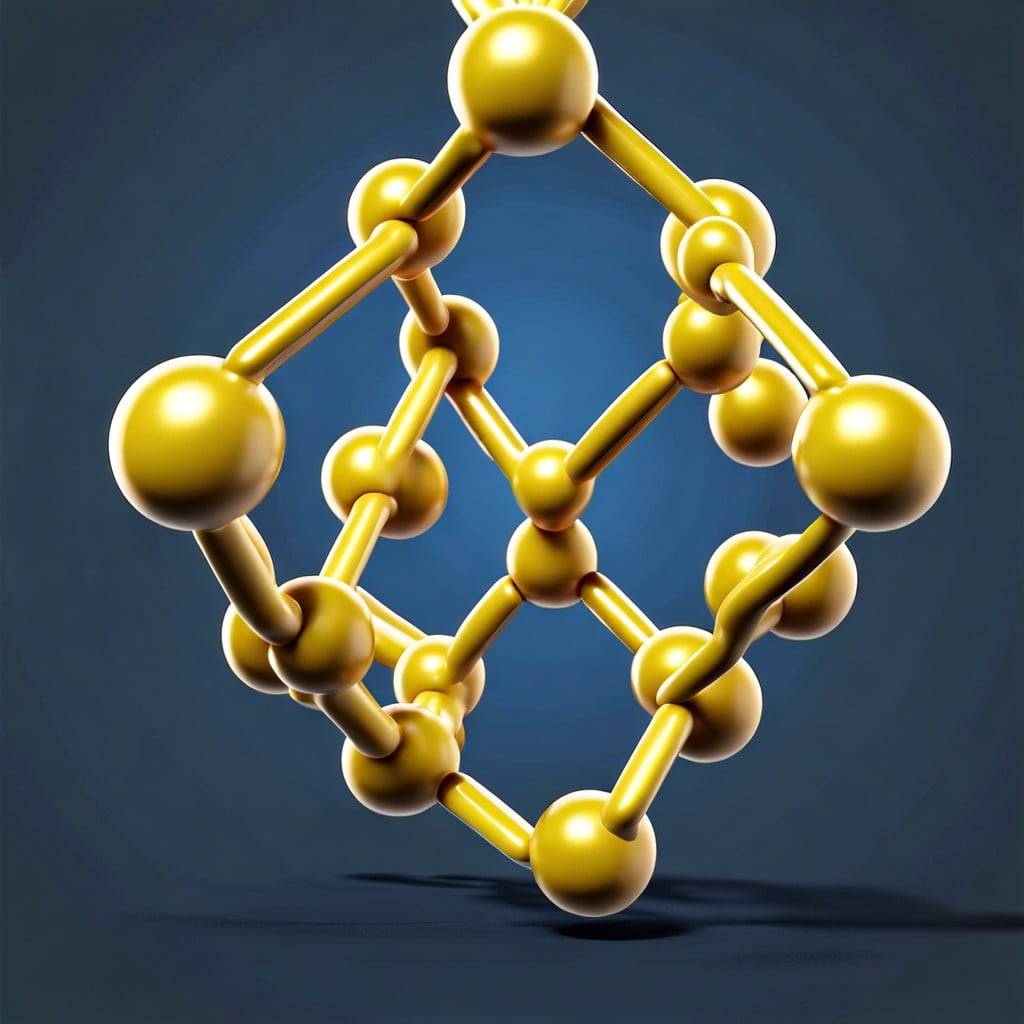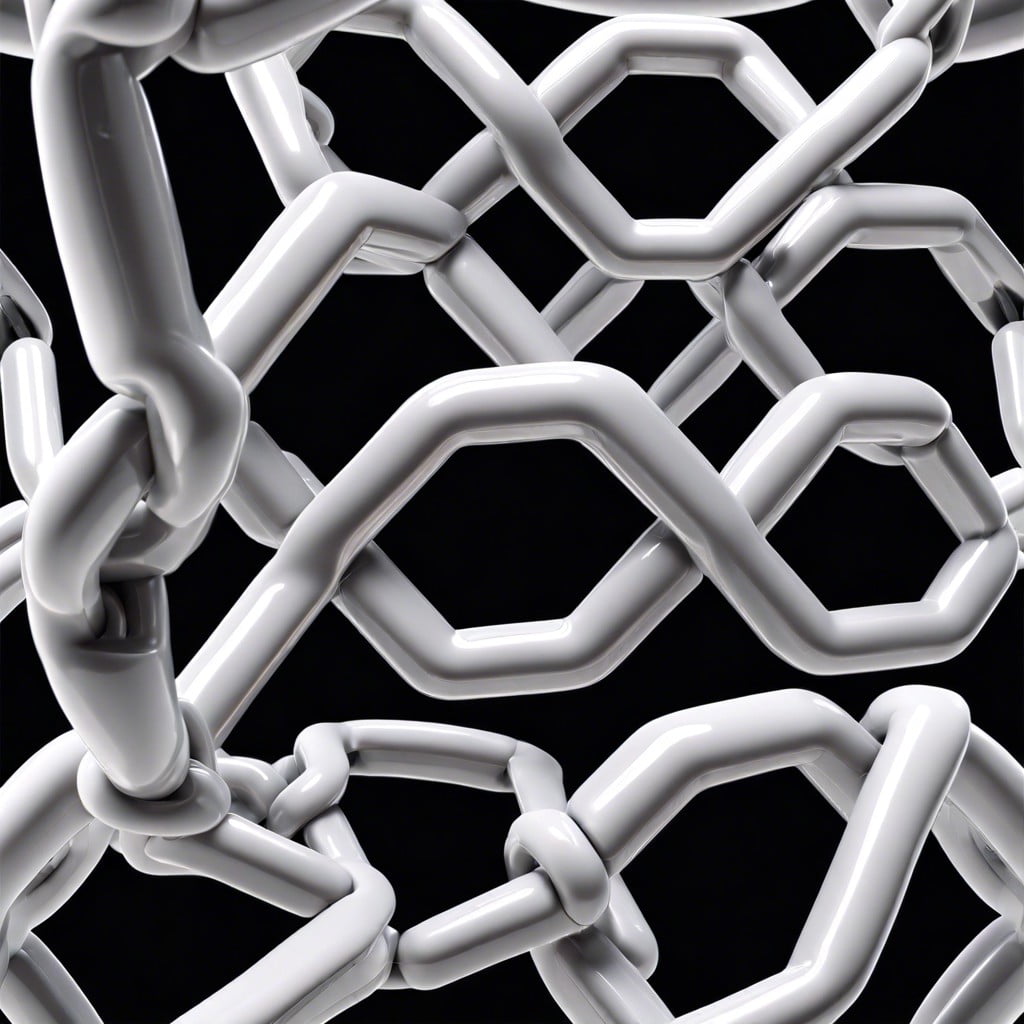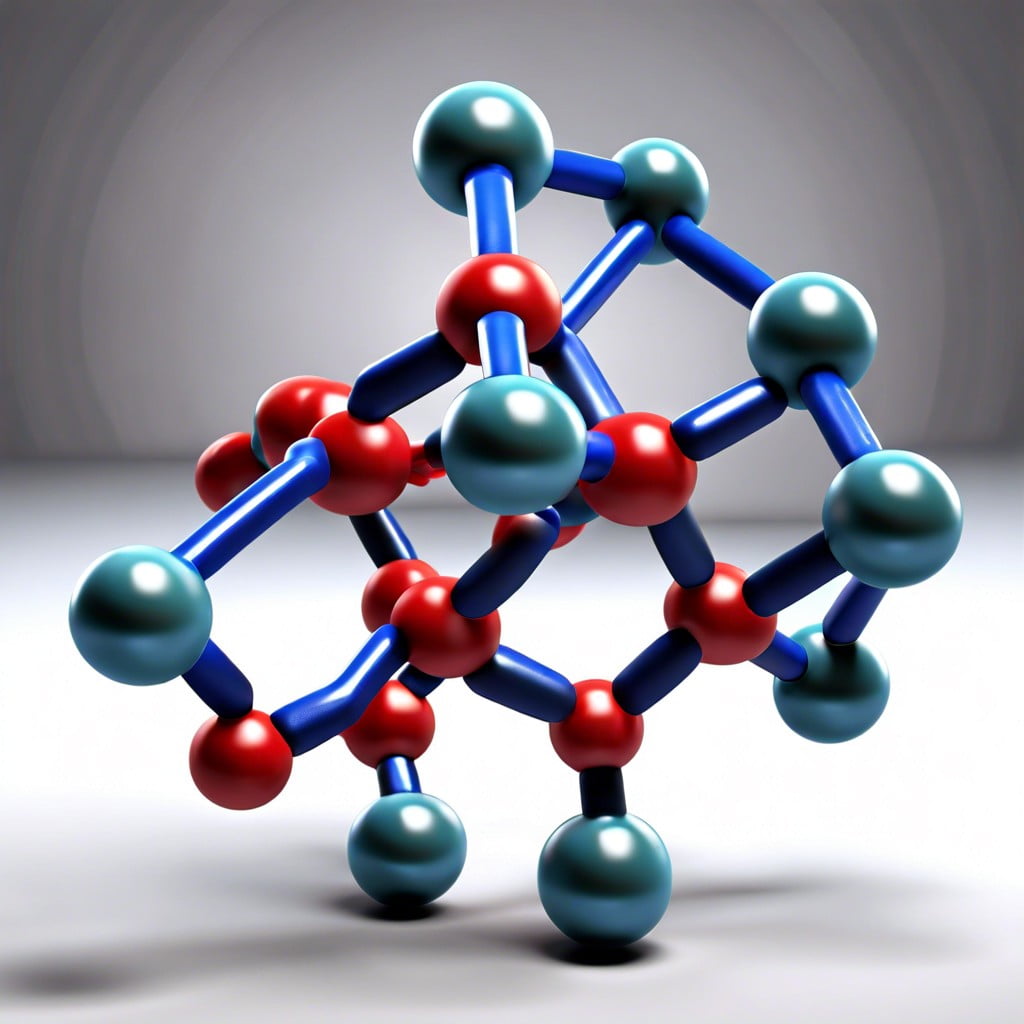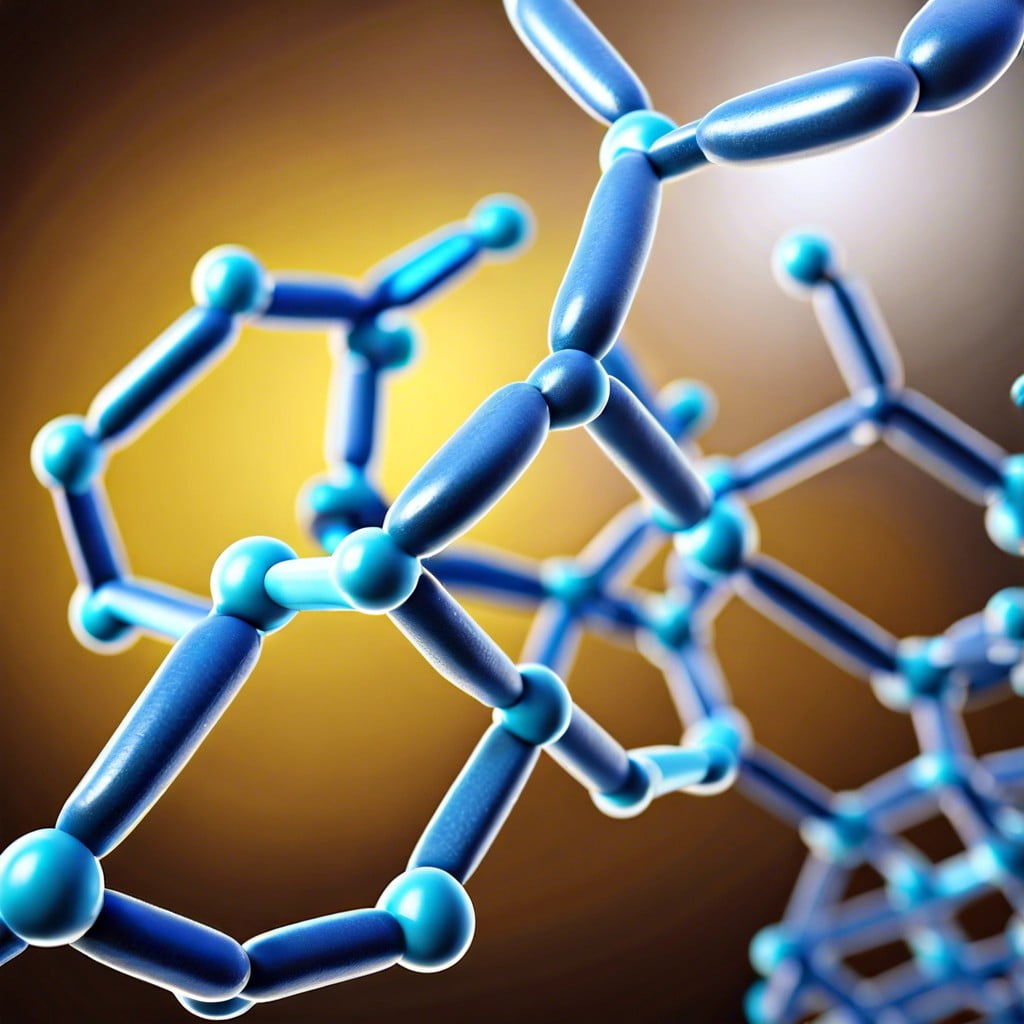Understand the versatile world of polymers, the materials shaping our modern world, from plastics in construction to high-tech applications.
Key takeaways:
- Polymers are large molecules made up of repeating structural units.
- Polymer chains can vary in length and give polymers unique characteristics.
- Polymers have diverse properties like strength, flexibility, and resistance to chemicals.
- Common examples of polymers include DNA, cellulose, and plastics.
- Polymers have various applications in construction, such as insulation and roofing.
What You Will Learn
What Is a Polymer?

Polymers are large molecules made up of repeating structural units, typically connected by covalent chemical bonds. Picture a train made up of many identical or similar cars connected in a long chain; similarly, polymers consist of smaller, repeating units called monomers that link together in long chains. These chains can vary in length, ranging from thousands to millions of monomers, giving polymers their unique and diverse characteristics.
Unlike smaller molecules, polymers can bend, stretch, and flex because of the way their long chains intertwine and move. This flexibility allows for a wide range of physical forms, from rigid to rubbery, making polymers incredibly versatile. Their formation through chemical reactions, known as polymerization, can be controlled to yield a vast array of materials with desired properties for specific uses.
Structure
Polymers are composed of long chains of molecules called monomers. These chains can differ vastly: some are linear, resembling strings of beads, while others branch out in complex patterns. The way these chains fold and arrange themselves gives rise to the material’s unique characteristics.
Imagine spaghetti in a bowl: some strands intertwine, others lay next to each other, and the overall structure can be loose or tangled. Similarly, polymer chains can be loosely arranged, tightly packed, or even cross-linked like a net.
The length of the molecular chains and the nature of the monomers also influence the polymer’s final properties. Longer chains typically result in stronger materials, while shorter chains often make for softer, more flexible substances.
Additionally, side groups attached to the main chain can interact with one another, affecting properties like melting temperature, solubility, and resistance to chemicals. These intricacies in the molecular architecture define everything from the squishiness of a rubber ball to the rigidity of a plastic chair.
Properties
Polymers display a diverse range of properties that cater to various applications. Their resilience stems from their molecular structure. To illustrate:
- Strength and Durability: Chain lengths and cross-linking contribute to their toughness, making certain polymers ideal for building materials and automobile parts.
- Flexibility: Some polymers, like rubber, can stretch and bend, useful for products such as elastic bands and flexible hoses.
- Resistance to Chemicals: Polymers like polytetrafluoroethylene (PTFE) resist corrosive substances, suiting them for containers and pipework in chemical plants.
- Thermal Stability: Various polymers withstand different temperature ranges without degrading, which is crucial for electronics and kitchen appliances.
- Insulation: Both thermal and electrical insulation properties are inherent in polymers like polyvinyl chloride (PVC), making them suitable for wiring and outdoor clothing.
- Lightweight: Polymers have low densities compared with metals or ceramics, which is beneficial for aircraft and automotive components to reduce weight.
Understanding these qualities allows for the selection of the right polymer for the right application, ensuring functionality and longevity.
Common Examples
Polymers are abundant in both natural and synthetic forms, profoundly impacting daily life. For example, DNA, the blueprint of life, is a natural polymer made of nucleotide monomers. Cellulose, found in plants and trees, imparts structural strength. Among synthetic varieties, familiar household materials such as the polyethylene in plastic bags and the polypropylene in food containers showcase the utility of polymers. Polyvinyl chloride, or PVC, is widely used in pipes and plumbing due to its durability. Meanwhile, synthetic rubber, like the kind used in tires, illustrates the versatility and range of characteristics that polymers can possess. These examples represent just a fraction of the polymers that play critical roles in myriad applications across industries and everyday life.
Applications
Polymers play a crucial role in modern construction, offering versatility and enhanced performance across various applications.
In insulation, for instance, polyurethane foam effectively traps heat, reducing energy consumption.
PVC, a rigid polymer, is commonly used for pipes and window frames due to its durability and resistance to weathering.
For roofing, EPDM rubber, a synthetic polymer, provides a waterproof seal and withstands extreme temperatures.
Moreover, polymers like polycarbonate allow for the creation of durable, transparent roofing solutions that are also lightweight.
In concrete, polymers like polypropylene fibers increase tensile strength, reducing the likelihood of cracks.
These are just a few instances where polymers contribute to building safer, more efficient, and sustainable structures.
Related reading:





